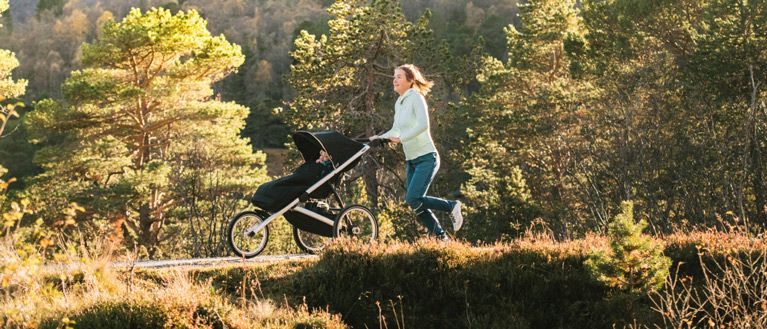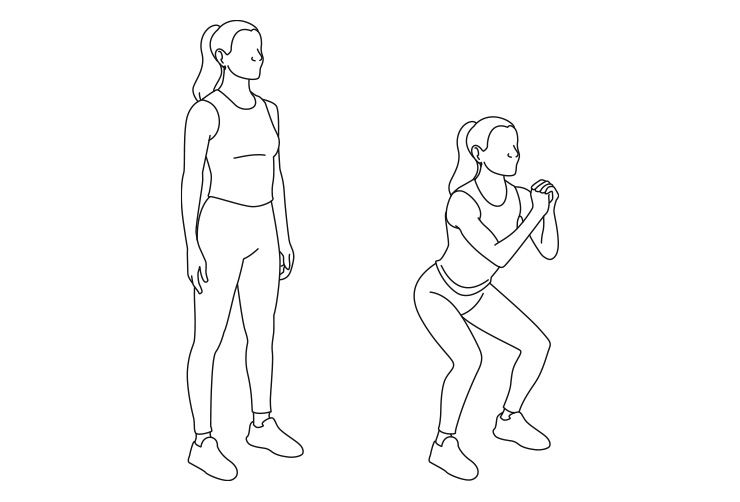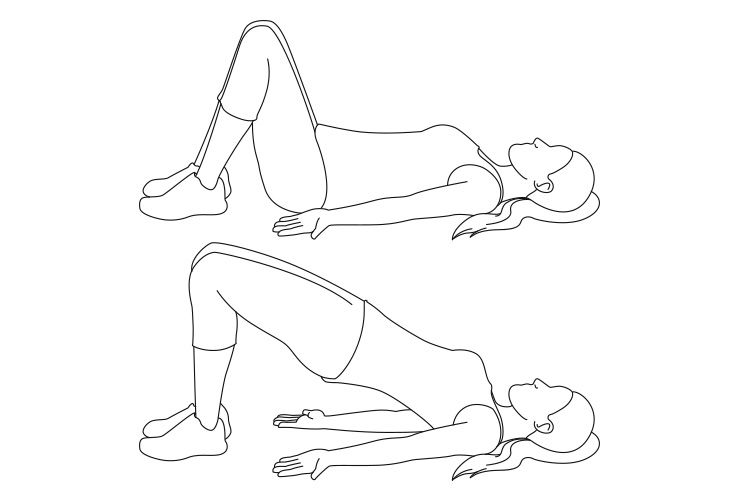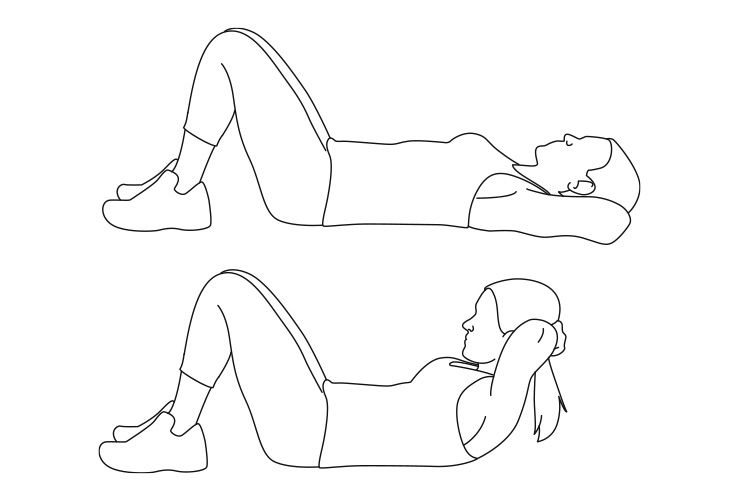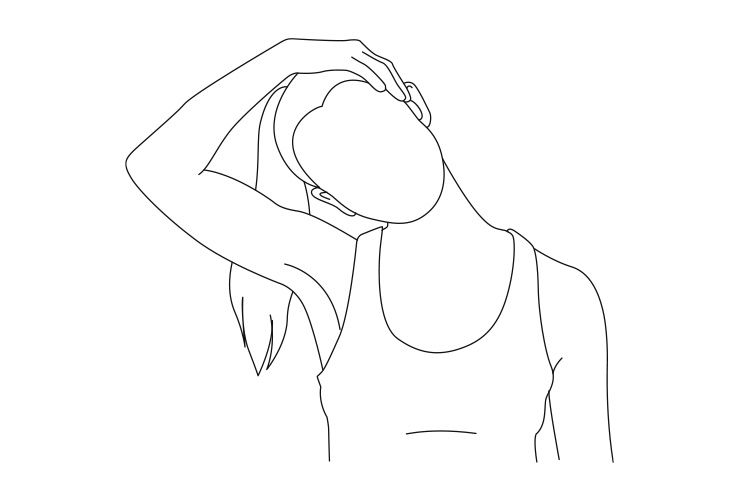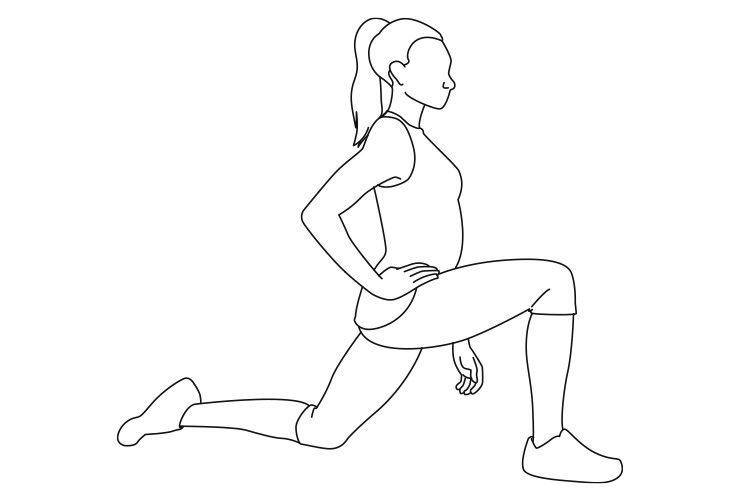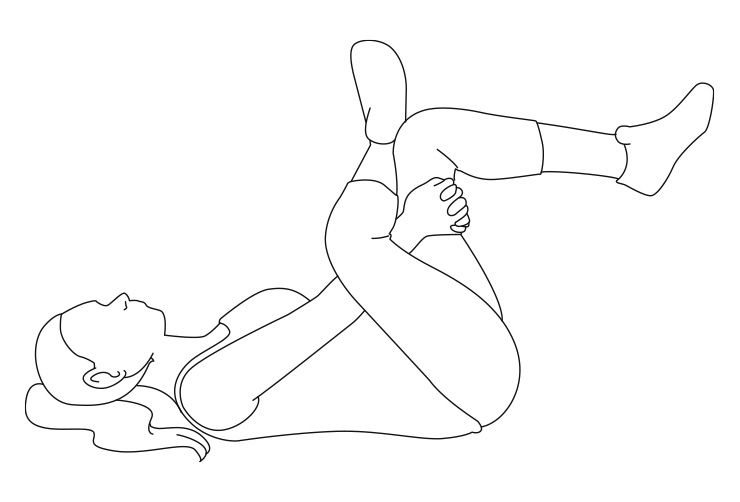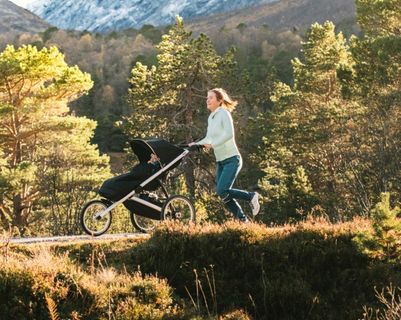When is it safe to start exercising postpartum? And which workouts are good to do after birth? We spoke to Marie Louise, a qualified midwife and mother with 12 years experience, for her advice to new mothers.
Exercising after childbirth can feel challenging and taking care of a newborn is a workout in its own right! But exercise can help strengthen muscles that were weakened during childbirth and even relieve aches and soreness.
Guidelines in both Europe and the US recommend about 150 minutes of moderate activity for postpartum mothers spread throughout the week. Of course, after bringing new life into the world, this doesn’t have to happen all at once. Take things slow, listen to your body – and of course, always refer to a medical professional!
Here are workouts for new moms that Marie Louise recommends to start off slow and build up strength:

